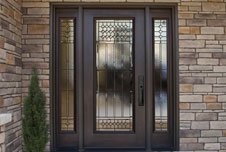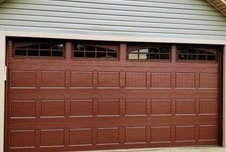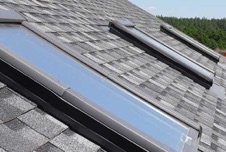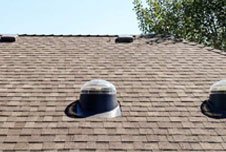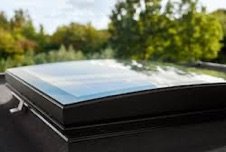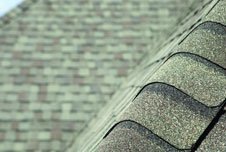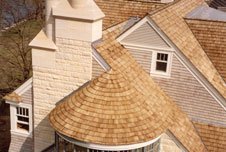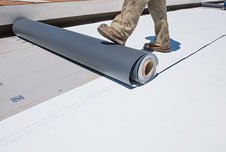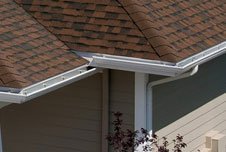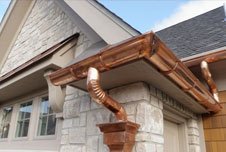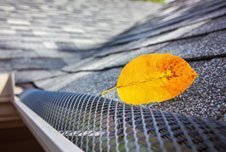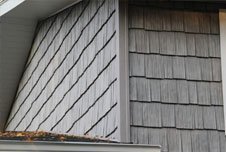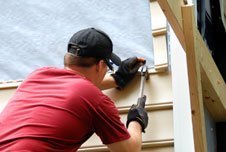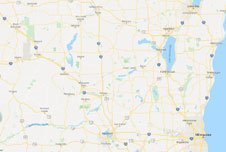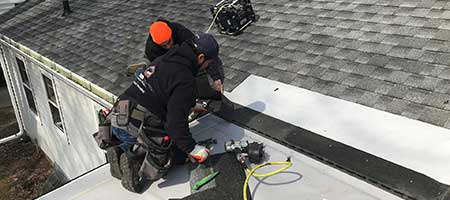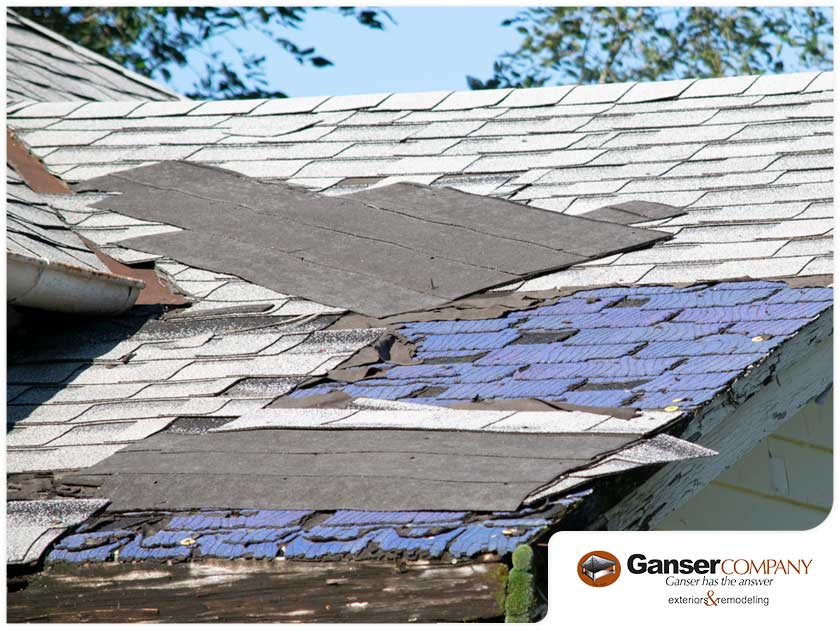If you want your home to be protected against natural elements, you need to make sure you have a solid and well-maintained exterior. Both your roof and siding are meant to do more than just to enhance your home’s visual appeal as they also keep your family safe and secure. After all, they’re designed to withstand the harshness of Mother Nature and the different seasons. But even with proper maintenance by an experienced professional in exteriors remodeling, they may still get unexpectedly damaged by severe weather.
Don’t Ignore the Damage
As soon as your roof gets damaged by the elements, it loses its effectiveness in protecting your home. But don’t think of going up on your roof yourself to assess the damage as you may already see most of it from the ground level. Even so, you should keep in mind that some types of damage are harder to find. They can often be difficult to spot on your own, and you’ll only put your safety at risk if you climb up the roof yourself. Instead, you should call in your trusted roofer to do the inspections for you.
Finding Hidden Weather Damage
Usually, weather damage can be easy to spot on your roof. And depending on the weather damage, it can also be found all over your home’s exterior. Damage can vary from punctured siding and loose shingles to fallen tree branches and exposed underlayment on your roof. And even if the surface is mostly intact, there may be additional damage that won’t be seen. This can be easily missed, so don’t assume that your roofing system is alright and unscathed.
The safest way to check for hidden weather damage is to hire an experienced professional like Ganser Company. As locally trusted roofing experts, we know how to identify even minor damage and other problems on your roof and make the necessary repairs. Of course, you can still safely uncover hidden damage without scaling your roof, after all, but it depends on the type of damage you’re experiencing:
-
Wind Damage
One way to confirm that you have wind damage is to look for fallen branches within your property. If you see debris all over the place, you can assume that some have already damaged your roof. Depending on the size of the debris you find in your yard, you can already gauge the weather damage your roof has sustained. -
Hail Damage
This can be easy to spot even on metal surfaces and siding. If you have a wooden deck or any other composite material on the exterior, check for any pockmarks on the surface. Your lawn furniture and other outdoor structures may also have hail damage as well. If this is the case with your home exterior, you can be sure that your roof has also suffered hail damage. You can also work with a professional in exteriors remodeling who can make a more detailed assessment of the damage.
Before Inspecting Your Roof
As a homeowner, you might choose to inspect the roof more thoroughly to see the extent of the damage yourself. This is normal since you’re only being responsible for one of your home’s biggest investments. But if you’re planning to check out the roof more thoroughly, you need to take every safety precaution for the job. This includes using the right gear to ensure your safety. The area must also be dry first as the ground around your roof can be slippery after a storm.
Once the ground has dried, make sure you use a tall, sturdy ladder when checking your roof. It should be placed firmly on dry soil, deck or any other flat and sturdy material so that it won’t easily sink or slip. And don’t step directly on the surface unless you’re better equipped with the right safety gear. It’s also better for your safety to wait until your hired roof repair and replacement contractor arrives.
If you’re using a step ladder, place it parallel to your home so that it’s as close to the roof edge as possible. Don’t step on the top part of the ladder to maintain balance and safety while checking your roof. If you’re going to use an extension ladder, the base must be firmly gripped on the ground while the top has ample support from the roof edge. This means you shouldn’t let it lean directly on the gutter as it may not support the weight of both you and the ladder.
What You Should Look For on Your System
While still on your ladder, look closely along the roof edges, and check if some of your shingles are slightly lifted. Other signs of wind damage include curled shingles as well as dark lines and cracks across their width, which indicate they’ve been lifted and flapped around by the wind. The damage may be minor for now, but this type of wind damage should still be remedied as soon as possible. This is because the lifted shingles can get even looser and will eventually lead to a “chain peeling” effect. When this happens, the damage will grow as they’re constantly exposed to the weather while also allowing water to leak into the structure. To avoid this, make sure to get the affected shingles fixed by a licensed roof repair contractor.
If you recently weathered a hailstorm, look for dark spots on the roof surface. This is where hail or other debris has likely knocked the granules loose and exposed the darker tar surface beneath. The granules on your shingles are meant to keep your roof safe from the elements. However, if there’s a lot of granule loss due to the weather, they’ve already lost their effectiveness in protecting your roof.
Checking for Inner Roof Damage
Regardless of whether or not your roof looks intact, you should still check the attic for hidden damage. Even minor weather damage can greatly impact the inner wooden components. If this isn’t addressed properly, the damage will affect its structural integrity, and you may end up paying for a premature roof replacement. When checking the inner roof structure in the attic, look for signs of water leaks, hail damage and even natural wear and tear. This can be evidenced through water stains and light shining through small holes that were likely punctured by hail or wind-driven debris.
Call Ganser Company today at (608) 222-1243 if you’re planning a full roof replacement or bathroom remodel project this summer. Since 1939, we’ve been providing top-notch workmanship to home and business owners in the area! You can also fill out our convenient online contact form to schedule a consultation.


